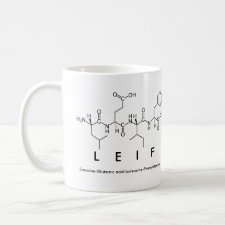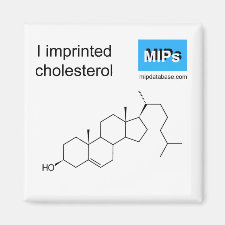
Authors: Boonpangrak S, Prachayasittikul V, Bülow L, Ye L
Article Title: Molecularly imprinted polymer microspheres prepared by precipitation polymerization using a sacrificial covalent bond.
Publication date: 2006
Journal: Journal of Applied Polymer Science
Volume: 99
Issue: (4)
Page numbers: 1390-1398.
DOI: 10.1002/app.22519
Abstract: Molecularly imprinted polymer microspheres were prepared by precipitation polymerization using a sacrificial covalent bond. In the present model, cholesteryl (4-vinyl)phenyl carbonate was used as a template monomer. The imprinted microspheres were prepared using ethylene glycol dimethacrylate (EDMA) and divinylbenzene (DVB) as crosslinker. The base-labile carbonate ester bond was easily hydrolyzed to leave imprinted cavities in the resulting polymers. Radioligand binding analysis, elemental analysis, and scanning electron microscopy were used to characterize the imprinted materials. Imprinted microspheres prepared from DVB crosslinker had larger and more defined spherical shape, and displayed better imprinting effect than did the EDMA-based microparticles. For comparison, imprinted bulk polymers were also prepared in the same reaction solvent as that used in precipitation polymerization. Elemental analysis results indicated that imprinted microspheres contained more template monomer units than bulk materials. The efficiency of template removal by hydrolysis treatment for microspheres was also higher than that for bulk polymers. For DVB-based polymers, imprinted microspheres displayed higher specific cholesterol uptake than did the corresponding bulk polymer. © 2005 Wiley Periodicals, Inc. J Appl Polym Sci 99: 1390-1398, 2006
Template and target information: cholesterol
Author keywords: molecular imprinting, precipitation polymerization, microspheres, cholesterol



Join the Society for Molecular Imprinting

New items RSS feed
Sign-up for e-mail updates:
Choose between receiving an occasional newsletter or more frequent e-mail alerts.
Click here to go to the sign-up page.
Is your name elemental or peptidic? Enter your name and find out by clicking either of the buttons below!
Other products you may like:
 MIPdatabase
MIPdatabase









